21 Best Moustache Styles For Men In 2025
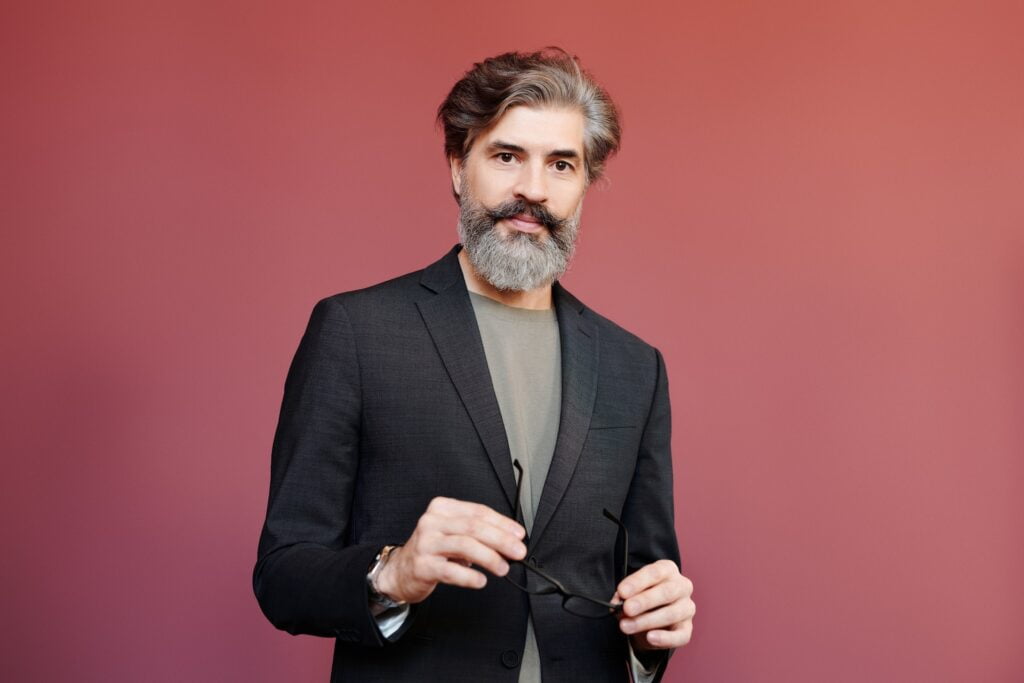
Moustaches have long been a symbol of masculinity and style, and they continue to be a popular choice among men today. Whether you are looking to make a bold statement or simply want to add some flair to your facial hair, there is a moustache style for every taste and preference.
Whether you prefer a clean-shaven face or a full-on beard, why not give your moustache some love? In this article, we will explore 21 moustache styles that are sure to make a statement with your top lip in 2025.
So grab your grooming tools and get ready to up your facial hair game!
Key Takeaways
- Moustache styles offer a wide range of options to express your personality and complement your facial features.
- Choosing the best mustache style depends largely on your face shape, hair growth pattern, and maintenance commitment.
- Classic styles like the Chevron moustache and Pencil moustache are great for beginners, offering natural and sophisticated looks with minimal grooming.
- Some of the best mustache styles for beginners embrace a natural style, requiring minimal grooming and allowing for an authentic, low-maintenance appearance.
- More elaborate styles such as the Handlebar moustache and Hungarian moustache require patience, regular grooming, and the use of mustache wax to maintain their distinctive shapes.
- Using mustache wax requires a light touch to avoid making the mustache look fake, ensuring a natural and polished appearance.
- Grooming tools like a quality mustache comb and beard trimming scissors are essential for keeping your moustache clean, well-trimmed, and styled, ensuring your mustache stays mustache clean and free of stray hairs or debris.
- Proper care, including a healthy diet, hydration, exfoliation of hair follicles, and regular trimming, supports optimal hair growth and a neat appearance.
- Exfoliating the face helps to unclog hair follicles, promoting better growth and ensuring your moustache looks its best.
- Avoid common mistakes like neglecting trims or using inappropriate products to keep your mustache looking its best.
- Whether paired with a full beard or worn solo, a well-maintained moustache can elevate your style and make a bold statement in 2025.
Quick Links
Understanding Facial Hair
Facial hair is as unique as the individual sporting it, and understanding your own hair’s texture, growth pattern, and density is key to finding the best mustache style for you. Some men have thick, coarse hair that lends itself well to fuller styles like the full handlebar mustache or the walrus moustache, which require substantial growth and volume.
Grooming a walrus mustache involves using a quality beard comb to prevent tangles, ensuring it remains neat and manageable. Others may have finer or sparser hair, making styles like the pencil mustache or petite handlebar mustache more achievable and flattering.
Your face shape also plays a crucial role—certain moustache styles can accentuate your best features or balance your proportions. For example, a petite handlebar can add definition to softer features, while a full handlebar mustache or walrus moustache can bring boldness to a strong jawline.
By considering your facial hair’s natural tendencies and your face shape, you’ll be better equipped to choose a mustache style that looks great and feels authentic.
The History of Moustache Styles
The story of mustache styles is as old as civilization itself. Ancient Greeks and Romans were among the first to experiment with facial hair, often sporting early versions of the handlebar mustache as a symbol of status and masculinity.
As centuries passed, moustache styles evolved alongside fashion and culture. The 19th and 20th centuries saw the rise of the pencil mustache, chevron moustache, and other iconic looks, each reflecting the spirit of its era. Facial hair growth, influenced by testosterone levels, has always played a role in the ability to achieve these styles, making them a unique form of self-expression.
A proper diet that includes protein and omega-3 fatty acids supports facial hair growth, which has always been a key factor in achieving these styles. Eating a diet rich in lean protein and omega-3 fatty acids not only supports facial hair growth but also contributes to the overall health and strength of your moustache. Today, mustache styles continue to evolve, blending classic influences with modern trends.
Whether you’re inspired by the timeless appeal of a handlebar mustache or the sleek lines of a pencil mustache, you’re participating in a rich tradition of self-expression and style.
The mustache remains a versatile accessory, adapting to the times while always making a statement.
Moustache Style Trends
Moustache style trends are always shifting, but some looks never go out of fashion. Right now, the handlebar mustache, chevron moustache, and pencil mustache are leading the way, favored for their versatility and distinctive flair.
At the same time, bolder styles like the walrus moustache, horseshoe moustache, and zappa moustache are making a comeback, appealing to men who want to stand out from the crowd. When choosing a mustache style, it’s important to consider not just what’s trending, but also what suits your face shape and personal style.
A well-chosen moustache style can transform your appearance, boost your confidence, and set you apart—so don’t be afraid to experiment until you find the mustache that feels just right.
Choosing the Right Mustache Style
With so many mustache styles to choose from, finding the perfect one can feel overwhelming. Start by considering your face shape: if you have a round face, a pointed mustache style like the pencil mustache or handlebar mustache can help elongate your features. Additionally, using a blow dryer can add volume and make styling your mustache easier, helping you achieve a polished and distinctive look.
For square faces, fuller styles such as the chevron moustache or walrus moustache can soften strong angles and add balance. Think about your lifestyle, too—some styles require more maintenance and grooming than others.
Training your mustache hairs involves combing them in the desired direction each morning, which can help maintain the style you choose. If you prefer a low-maintenance look, opt for a style that’s easy to keep neat, like the chevron moustache.
If you enjoy daily styling, a handlebar mustache or walrus moustache might be more your speed. Ultimately, the best mustache style is one that complements your face shape, fits your routine, and makes you feel confident every time you look in the mirror.
Handlebar Moustache
Known for its curled ends, this style requires some effort and wax to keep in place. The handlebar moustache has its roots in 19th century England, where it was a popular style amongst gentlemen, and has since become an iconic moustache style.
In recent years, it has seen a resurgence in popularity due in part to the hipster subculture.
This type of moustache gets its name from the long, curved shape that resembles the handlebars of a bicycle. It starts above the upper lip with the ends sculpted into large curls that can extend to the sides of the mouth or even onto the cheek.
To achieve a handlebar moustache, one must grow facial hair for several weeks to several months, depending on individual hair growth rate. Once the moustache has achieved a sufficient length, moustache wax is used to shape the hairs into the desired curled shape.
Some handlebar styles are waxed thin to achieve sharp, precise points, giving the moustache a more defined and dramatic appearance.
Daily care and grooming are essential to maintaining a handlebar moustache. It often requires a combination of regular trimming, brushing, and waxing to keep it looking tidy and presentable.
Using a good-quality moustache comb can help distribute the wax evenly and shape the curls effectively.
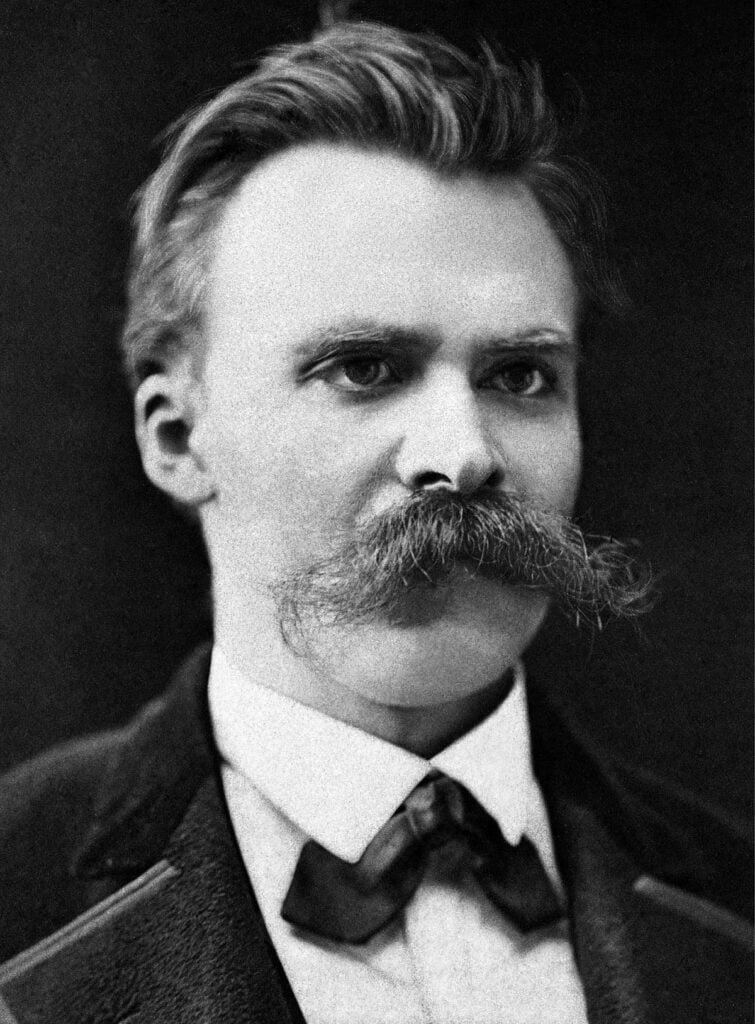
One of the most famous historical figures to sport this style of moustache is German philosopher Friedrich Nietzsche. Nowadays, it often goes hand in hand with a vintage, old-school aesthetic.
It is a striking and memorable style that allows for personal expression and flair, fitting for those who dare to stand out. Daily trimming of stray hairs is essential for maintaining a Dalí mustache, ensuring its dramatic and precise appearance.
There are several handlebar styles, each offering unique ways to personalize the look.
Walrus Moustache
A thick and bushy moustache, it droops over the upper lip, resembling the moustache of a walrus (walrus mustache).
The Walrus Moustache is often heavier in the middle and lighter towards the ends and could even hang past the mouth. It gives out a decidedly vintage and distinguished aura and is often associated with older, wiser characters or individuals.
This style requires a considerable amount of hair growth and maintenance. Growing longer hairs is essential to achieving the fullness and distinctive look of the walrus mustache, as the natural style relies on length and volume.
Caring for a walrus moustache needs a regular combing habit to prevent the accumulation of food and drink and to keep it neat and tidy. Notable individuals with this style of moustache include Mark Twain, Friedrich Nietzsche, and Teddy Roosevelt.
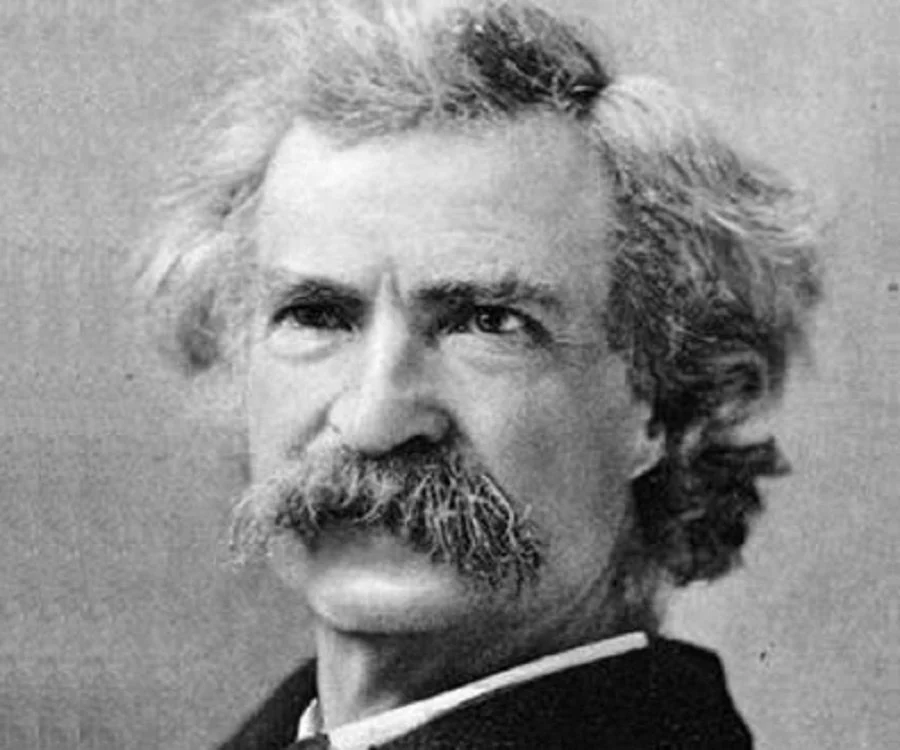
Chevron Moustache
A full and thick moustache that covers the top border of the upper lip. A Chevron moustache is typically worn long to cover the top border of the upper lip, often extending downward past the corners of the mouth.
This type of moustache style is known for its angular shape and robust appearance. The chevron moustache is characterized by thick hair with rounded edges, which distinguish it from more angular styles.
Celebrities like Tom Selleck and Freddie Mercury have famously sported Chevron moustaches. The Chevron moustache is often recommended as a great starter style due to its natural appearance.
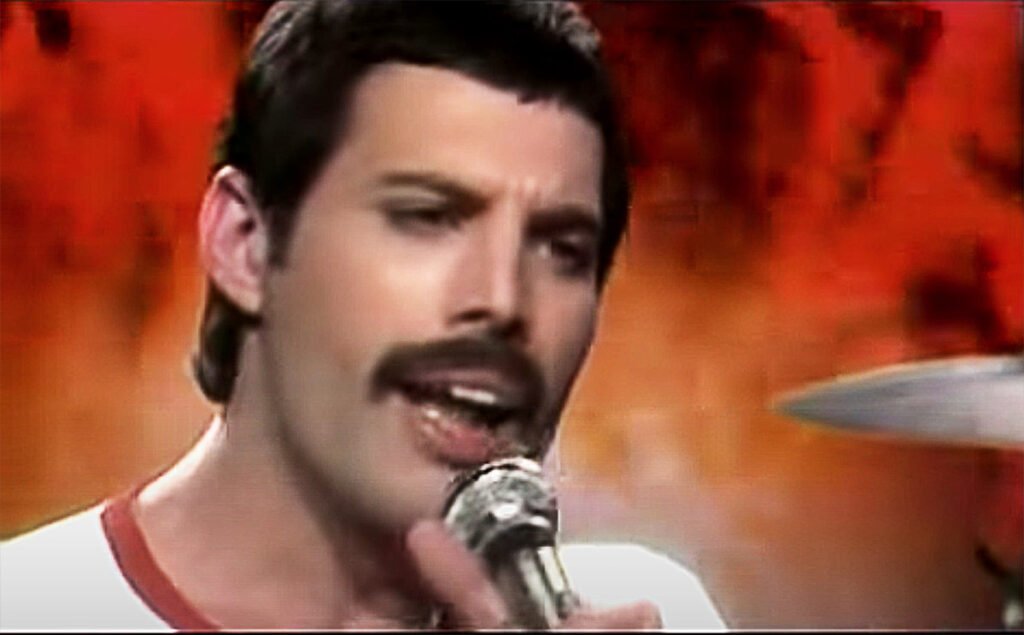
Horseshoe Moustache
This style looks like an upside-down horseshoe, it extends from the upper lip down the sides of the mouth to the jawline (commonly referred to as the horseshoe mustache). The lines of the horseshoe moustache then continue along the jawline, meeting at the chin and forming a complete loop.
This style is famously associated with Hulk Hogan, an American retired professional wrestler, actor, and television personality.
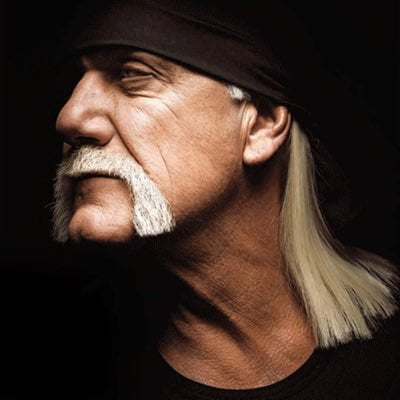
The horseshoe moustache should not be confused with the Fu Manchu, which is often thinly grown and hangs down past the chin. The horseshoe moustache is typically fuller and covers the entire area above the upper lip and around the mouth.
To maintain this moustache style, regular trimming is needed to keep the shape intact and to prevent it from growing into a full beard. The Horseshoe moustache features a full moustache that connects with vertical strips of facial hair at the cheeks, and cheek hair is essential for maintaining the horseshoe shape.
The horseshoe mustache can be shaped from a circle beard by shaving the chin area and leaving the cheek and mustache hair.
Pencil Moustache
A thin, straight line of hair just above the upper lip. This style of moustache became popular in the early 20th century, particularly in America and Europe. It is still commonly seen today, particularly in the world of fashion and entertainment.
The Pencil moustache was popularized by Hollywood icons and is characterized by its thin, defined shape.
Notable figures who have sported the pencil moustache include actors John Waters and David Niven, and musicians Prince and Little Richard. It is often associated with sophistication and glamour, but also with a certain degree of eccentricity.
Can also appear as the parted pencil mustache, a variation distinguished by a sharp separation at the philtrum—often created with a trimmer—which leaves a small space in the middle. This clean, hard line enhances facial features and is a style often seen on classic Hollywood stars.
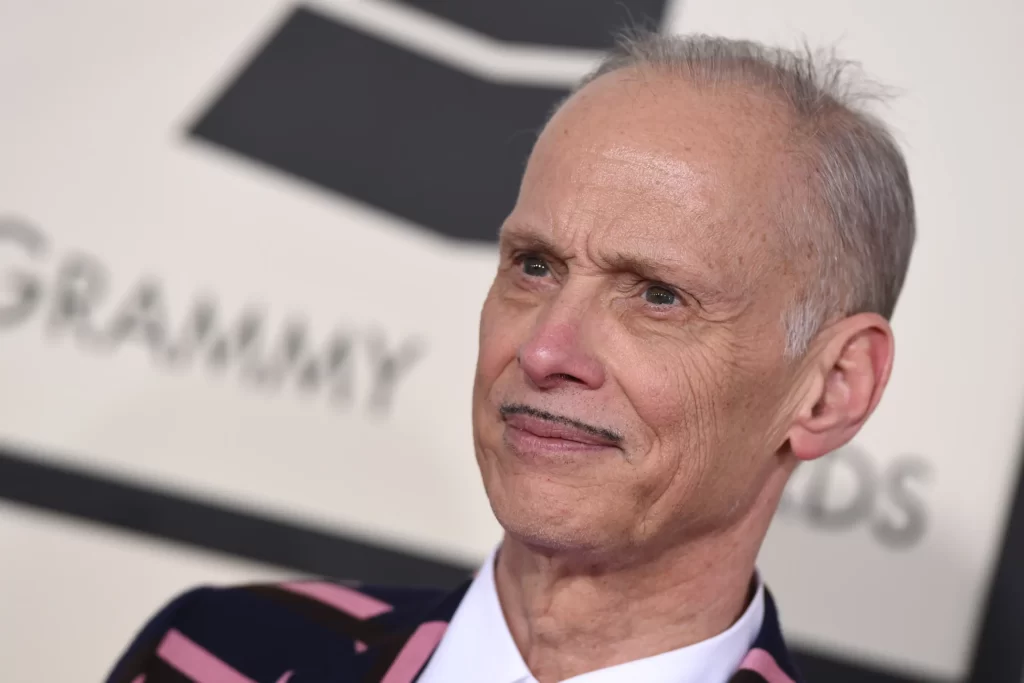
English Moustache
A narrow divided moustache that begins at the middle of the upper lip, with long whiskers pulled to the side of the mouth. Also known as the ambitious Englishman, the English moustache is a classic yet less popular style nowadays (often referred to as the english mustache).
The hair growth is focused around the middle of the lip and extends outwards, where it is then carefully shaped into straight lines that extend out to the corners of the mouth.
To achieve this moustache style, the whiskers should be allowed to grow out, and consistent training with wax is necessary to keep the hairs straight and directed to the sides.
Keeping the mustache trimmed, especially in the center above the lips, is essential for maintaining the neat, aristocratic appearance characteristic of the english mustache.
It’s important to keep the rest of the face clean-shaven to highlight this moustache style.
A notable example of the English moustache style is Agatha Christie’s fictional detective, Hercule Poirot.
Fu Manchu Moustache
A style in which the hair is grown out long from the corners of the mouth and hangs down past the chin. The Fu Manchu moustache gets its name from a fictional character named Dr Fu Manchu, who was created by British author Sax Rohmer in the early 20th century.
The Fu Manchu moustache is connected only at the top corners of the mouth and has a wide gap at the philtrum.
In popular culture, this type of moustache has often been associated with villainous characters, particularly in movies and cartoons.
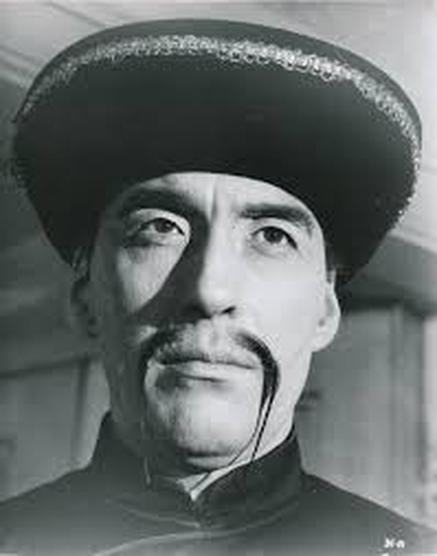
Growing a Fu Manchu requires patience, as the hair needs to be long enough to hang down past the chin. It is often styled with wax or other hair grooming products to keep it in place.
Regularly trimming stray hairs is essential to maintain the clean, defined lines that are characteristic of the Fu Manchu style.
Though it has fallen somewhat out of fashion in recent years, the Fu Manchu moustache is still worn by some as a bold fashion statement or as part of a costume. Others wear it simply because they appreciate the style.
Dali Moustache
Named after Salvador Dali, this style is slender, with the tips curved steeply upwards. The Dali moustache is often styled straight with wax, directing the hairs toward the outer edges of the eyes for a dramatic effect.
]This moustache style requires precise shaping and trimming. The wearer has to apply a generous amount of wax to keep the pointed ends rigid and give them an upward curve.
The most famous example is Salvador Dali himself who was known for his surreal art and iconic moustache. A lot of dedication, time, and patience is needed to maintain this style.
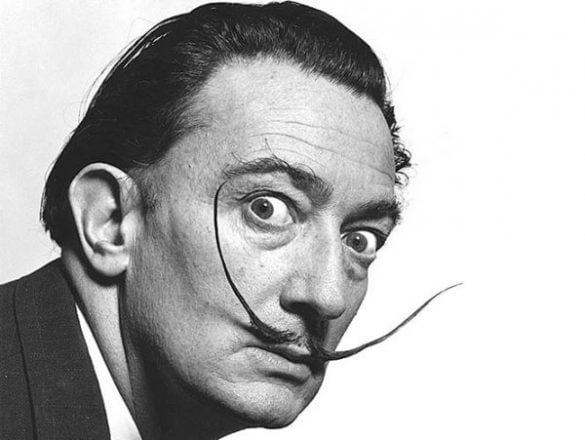
A somewhat comedic or theatrical appearance is also associated with this type of moustache, which makes it an unconventional choice for many. To pull off this style successfully, one must have a flair for the dramatic and a good amount of self-confidence.
Imperial Moustache
A moustache styled upwards, particularly at the ends, and often combined with mutton chops to create a unique look. This style was derived from the 19th Century Europe, yet it remains a popular choice for men who prefer a classic look.
The Imperial Mustache typically needs a significant amount of facial hair to begin with and requires regular grooming to maintain its shape and style. Growing and shaping hair on the upper cheeks can help achieve the full, dramatic look of the Imperial moustache.
Usually, wax or other styling products are used to keep the moustache in the desired position and to enhance the curled ends.
The name ‘Imperial Mustache’ is believed to have come about due to its popularity amongst emperors and other high-ranking officials during the 19th and early 20th centuries. The trend was started by Napoleon III, Emperor of France, who was often depicted with this style of facial hair.
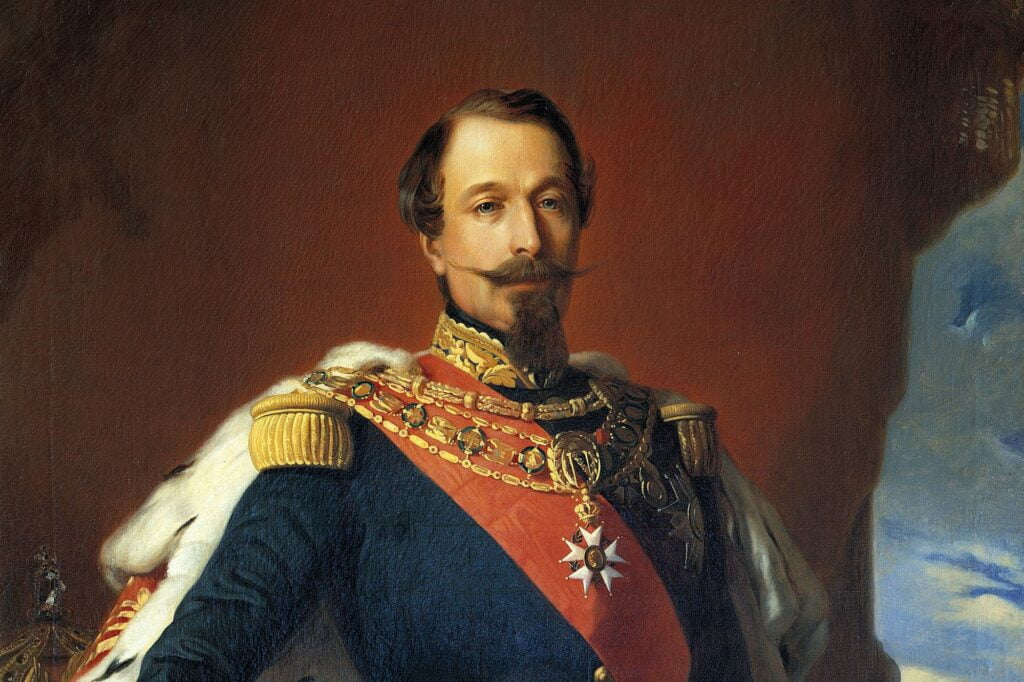
This style can be seen as a status symbol, reflecting a certain level of seriousness and sophistication. It can give a refined yet bold appearance, perfect for those who want to make a strong impression.
While it can be hard to maintain, the Imperial Mustache is certainly an eye-catching and distinctive choice for those wishing to make a statement with their facial hair.
Painter’s Brush Moustache
Characterized by its thick hair, it has a uniform width from the middle to the ends, which are squared off. The Painter’s Brush Mustache resembles a traditional artist’s paintbrush in its shape and density (often referred to as a painter’s brush mustache).
The fine hairs within the stache are usually kept neatly trimmed and close to the lip line, providing a sophisticated and distinguished appearance. Linked with painters and artists from multiple eras, it evokes creativity and a free spirit.
Apart from maintaining its rectangular shape, this style of moustache requires little maintenance. As its width covers the area above the upper lip, it offers a striking, yet classy facial feature.
The painter’s brush mustache is achieved by keeping the hair combed straight down for a neat, natural appearance. This moustache style, although not very common, can be seen on men of all ages who want to experiment with their look by choosing a less common, yet artistic style.
Famous individuals like personality R.L. Stine and actor Charlie Chaplin have sported the Painter’s Brush Mustache, making this style quite iconic.
The painter’s brush mustache closely resembles a painter’s brush swipe under the nose, emphasizing its artistic and bold look.
Trimming is usually done to maintain the squared ends and manage excessive length. Directing the moustache hair growth inwards towards the mouth can help achieve the shape gradually.
Overall, the Painter’s Brush Mustache is a style that reflects creativity, showcasing a unique blend of boldness and subtlety.
Pyramidal Moustache
A Pyramidal moustache is shaped like a pyramid or a triangle, wider at the base (near the mouth) and gradually getting narrower towards the tip (just below the nose).
This style is less common but can create an attractive and even dramatic appearance, especially when paired with certain facial shapes or features.
Each “half” of the moustache can be viewed as a separate pyramid, with the bases towards the mouth and the peak directed upwards, towards the nose. The “pyramids” may be straight and narrow or they may flare out towards the ends, depending on the man’s preference.
This style can be achieved through regular trimming and styling.
The moustache’s length can vary, depending on personal preference. Growing the moustache to about an inch in length is often recommended before shaping it into a pyramidal style.
Some men prefer a shorter, more subtle Pyramidal moustache, while others favour a longer, more pronounced look. The Pyramidal moustache is generally kept neat and trimmed rather than growing wild or unruly.
This also means that even if a man’s upper lip hair grows thick or coarse, he can still maintain a clean and refined appearance by regularly grooming his moustache.
This is why, despite its unusual shape, the Pyramidal moustache remains a versatile option for men who enjoy flaunting their facial hair. Celebrities like Johnny Depp and Brad Pitt have rocked this moustache style in the past.
Lampshade Moustache
A moustache shaped like a lampshade or a small pyramid. A lampshade moustache generally refers to a moustache that is wide from the top and gets narrower as it descends towards the lip (also known as a lampshade mustache).
This shape resembles a lampshade or a small pyramid. Generally, this type of moustache is trimmed evenly and maintained well to keep its unique structure. It may be seen as a unique, creative, and bold style of facial hair.
The Lampshade moustache is often associated with military and police personnel due to grooming regulations. Grooming a lampshade mustache requires using a razor or electric trimmer to remove hair outside specific lines, ensuring its clean and structured appearance. The lampshade mustache is frequently maintained according to specific regulatory standards, especially in military and police contexts.
An example of a person with a lampshade moustache would include the fictional character Inspector Clouseau from the Pink Panther series. Some may find this type of moustache to be eccentric or unconventional, as it is not often seen in mainstream grooming trends.
Toothbrush Moustache
Popularized by Charlie Chaplin, it’s thick and wide but does not go beyond the width of the nose. The Toothbrush moustache is a style of moustache that is clearly defined and does not extend beyond the width of the nose.
The Toothbrush moustache is characterized by being stubby and shaved on both sides to about the width of the nose.
As the name suggests, the moustache resembles a toothbrush in shape, with a wide and thick appearance.
This style of moustache gained worldwide recognition during the silent film era when it was worn by the famous comedian, Charlie Chaplin, who adopted it as part of his iconic “Tramp” character.
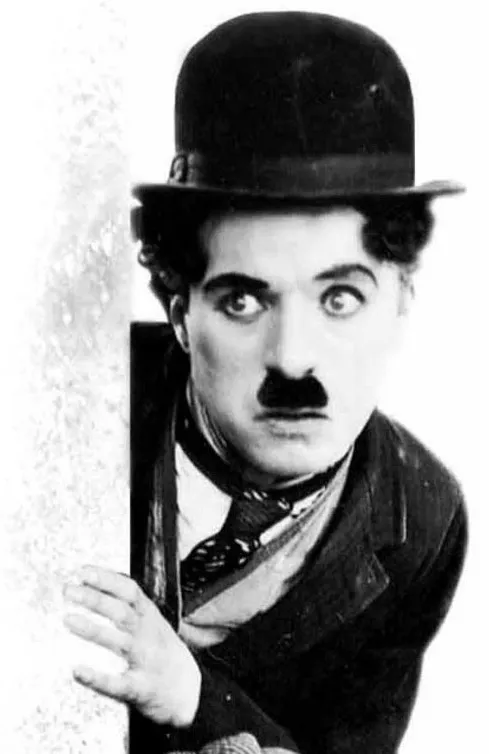
It is thought that Chaplin chose the toothbrush moustache because it allowed him to maintain his expressive facial features when performing. Despite its association with Chaplin, the toothbrush moustache has negative connotations due to its later association with Adolf Hitler. As a result of this, the style fell out of favour following World War II and is rarely seen today.
To achieve the toothbrush moustache look, one must grow a full moustache and then carefully trim it until it aligns with the width of the nose.
The areas above the corners of the mouth and the lower lip are typically clean-shaven, leaving a small square or rectangle of hair that sits neatly above the centre of the upper lip.
Hungarian Moustache
A big and bushy style, the Hungarian moustache is swept outwards from the middle (also known as the hungarian mustache). It is usually thick and heavy, often covering the upper lip. It’s named after its popularity in Hungary, especially during the 19th and early 20th centuries.
Men who choose to sport this moustache style are often seeking a rugged, masculine look. They must be prepared to invest time and care into extremely regular grooming to maintain the shape and health of the moustache.
This style is great for those with ample facial hair growth and can add a strong and robust look to the face. The hungarian mustache is considered a legendary and iconic facial hair style with deep cultural roots. Using moustache wax can help to keep the bushy hair in place and cultivate the right shape.
Cowboy Moustache
The cowboy moustache is a messy and rugged style often seen on men in Western films. The cowboy moustache is characterized by thick, heavy hair growth above the upper lip. This moustache style is often paired with a ruff of hair around the mouth or a full beard, giving it an unmistakably rugged, masculine appeal.
The hair is usually kept longer at the sides, creating a subtle downward slope. The cowboy moustache can be worn in a variety of ways. Some men prefer to keep it neatly trimmed, while others let their moustaches grow wild and unruly.
Keeping the mustache short can help maintain a tidy, manageable cowboy moustache, especially for those who want a neat appearance. The “handlebar” version, with hair twisted and curved upward at the ends, is another popular variation.
Men who choose the cowboy moustache often have a strong, bold personality. This style is perfect for those who want to project a tough, outdoorsy image. It’s also a great choice for older men, as it can disguise any grey hair in the beard and give the face a more distinguished look.
Whether you’re a real-life cowboy or just a fan of the Western lifestyle, the cowboy moustache is a stylish, masculine option that’s always in fashion.
The Zappa Moustache
Named after musician Frank Zappa, this moustache is a wide soul patch combined with a full moustache that slightly goes beyond the corners of the mouth.
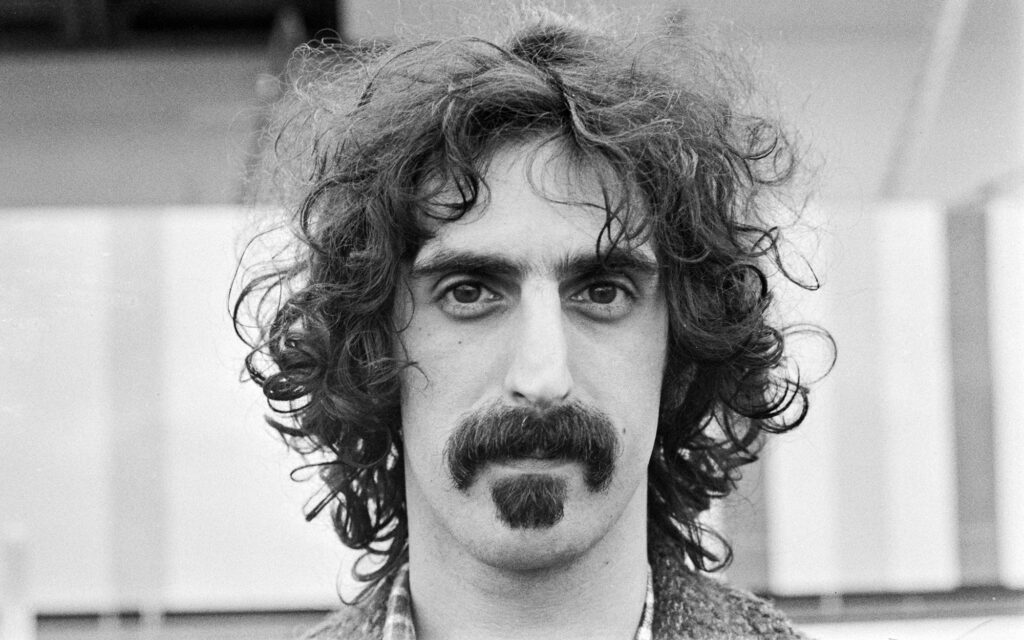
The Zappa moustache features hair that grows down past the lips but not over the chin, and may extend close to or slightly cover the bottom lip, contributing to its distinctive look.
It’s a rather bold and unique look that requires maintenance and grooming to maintain the appropriate shape.
Overall, this moustache style can add a creative and unconventional flair to one’s appearance, much like the music style of the artist it was named after.
The Yosemite Sam
A bushy, wide moustache that extends horizontally beyond the face, this is a full mustache with significant volume and width, just like the cartoon character it’s named after. The Yosemite Sam moustache is often associated with a rugged or outdoorsy look.
Often characterized by its volume and length, it’s not uncommon for this moustache style to extend past the cheeks and jawline. It’s a bold facial hair style and requires a bit of maintenance to keep it looking its best.
The moustache increases up to the tip, similar to handlebars, but without curl-ups at the end.
The style got its name from the Looney Tunes cartoon character Yosemite Sam, who is known for his fiery red moustache that extends past his face. The character is often seen as gruff and a bit of a tough guy, which adds to the bold style of this moustache.
The Petit Handlebar
A smaller, thinner version of the traditional handlebar moustache, with petite curls at the ends. The petite handlebar mustache requires careful grooming to maintain its neat, compact appearance, as it is a more refined and controlled style.
The Petit Handlebar is best suited for men with a fine to medium hair type. The length depends on the individual’s preference, but it often extends slightly past the corners of the mouth with neat curls. The ends are usually styled using wax, giving the curls a dapper distinction.
Perfect for those who fancy a bold yet minimalist approach to facial hair, the Petit Handlebar incorporates the drama of the classic handlebar in a subtler, more manageable size. Styling this moustache requires precision and proper grooming techniques, but the sartoupée and old-fashioned charm it brings makes the effort worth it.
To style a Petit Handlebar, regularly trim the moustache to maintain its length and shape, keeping the mustache short for the best results. Use a small amount of moustache wax and evenly distribute it throughout your moustache using a comb.
Twist and curl the ends to create those signature spirals. Regular maintenance is key to keeping this style looking slick and suave.
This moustache style complements various face shapes and adds a dash of sophistication, making it a great choice for those wanting to experiment with a unique, vintage look.
The Anchor
This style resembles a nautical anchor, with a pointed beard that traces the jawline, connected to a pencil-style moustache. The Anchor beard style starts with thin sideburns running down to the edge of the chin, and is one of several distinctive beard styles that incorporate a mustache, which is then drawn to a point. Rather prominently, this beard outline is extended up the jawline towards the ear creating an anchor’s fluke.
A small strip of hair underneath the lip (or soul patch) connects the chin beard and moustache, resembling the anchor’s shank area. To pull off this look, the rest of your face must be clean-shaven so the anchor-like outline is clearly visible.
The Anchor beard style is characterized by its precision and sharp lines which makes it a bit tricky to achieve. It requires regular trimming and grooming to maintain its sharp and crisp look. It’s preferred by men who like detailed beards and may not be the best choice for men with patchy or uneven beard growth.
This style can work with any face shape but it’s particularly flattering for round or square faces as it helps to elongate the face and balance out proportions. Remember to keep your beard well cared for with regular washing, oiling, and combing.
Like a ship in a storm, The Anchor beard style can be your steady and stylish facial feature.
The Copstash Standard
A thick moustache covering the width of the mouth is often associated with police officers. Usually, a Copstash standard is kept neat and trimmed, not exceeding the corners of the mouth. It is full and thick, typically in a uniform colour.
Men sporting this look may use moustache wax or other grooming tools to keep it in top condition.
It’s an iconic look that’s been popularized in many movies and TV shows featuring cops or detectives. Despite its strong association with law enforcement, it can be worn by anyone. It’s a classic style that displays masculinity and authority.
As with any facial hair style, it also requires a certain level of commitment to grow and maintain.
The Copstash Standard is also sometimes referred to as the “Cop ‘Stache” or the “Police Mustache.” It came into popularity in the late 19th and early 20th centuries, mainly in Western countries. However, it’s now recognized and sported worldwide.
Despite its associations with law enforcement, the Copstash Standard isn’t restricted to police officers. Anyone who appreciates its particular look can grow one. The essential factors to consider when growing a Copstash Standard include determining whether it will suit your face shape and if you’re ready for the care and maintenance it requires.
This style perfectly complements strong facial features and a confident personality.
The Van Dyke
A type of goatee where the moustache is not connected to the chin hair, named after the 17th-century artist Anthony van Dyck.
This style is popularly recognized by a thin, pointed beard and a slick, detached moustache. Some versions of Van Dyke may include a small soul patch beneath the lower lip. This facial hair style requires regular maintenance and grooming to ensure it keeps its distinctive shape. Keeping the cheek lines well-defined is essential for a sharp and polished Van Dyke look.
It’s been worn by notable celebrities such as Johnny Depp and Christian Bale.
Frequently Asked Moustache Questions
What is the best moustache style for me?
The best moustache style for you depends on your face shape and personal preference. Some popular options include the Chevron moustache, Horseshoe moustache, Petite Handlebar moustache, and Stubble moustache. For those seeking a natural yet sophisticated appearance, the mouth brow is a subtle, refined mustache style that sits just above the upper lip. When choosing a moustache style, consider your face shape. If you have a round face, opt for a style that adds length, such as a Chevron or Petite Handlebar. If you have a square face, a Horseshoe or Stubble moustache can help soften your features.
How do I groom my moustache?
To groom your moustache, make sure to regularly trim the edges of the moustache to keep it clean and tidy. Train your mustache hairs to grow in the desired direction by combing and using styling products, and remove any stray hairs to maintain a neat appearance. You can also use beard oil to soften and style your moustache.
Can I grow a full beard and still have a moustache?
Yes, you can definitely grow a full beard and still have a moustache. In fact, a moustache can complement a full beard nicely. A full mustache is often paired with a beard for a bold, masculine look. Just make sure to regularly groom and trim both the beard and moustache to keep them looking their best.
How do I train my moustache?
To train your moustache, you can use a small brush or a comb to gently coax the hair in the desired direction, focusing on training the mustache hairs specifically for your chosen style. You can also use wax or styling products to help keep the moustache in place.
How do I choose the right moustache style for my face shape?
When choosing a moustache style, consider your face shape. The best mustache styles are those that enhance your natural features and suit your grooming preferences. If you have a round face, opt for a style that adds length, such as a Chevron or Petite Handlebar. If you have a square face, a Horseshoe or Stubble moustache can help soften your features.
How do I keep my moustache looking clean?
To keep your moustache looking clean, make sure to regularly trim the edges and groom the hair. Establishing a daily grooming routine is essential to keep your mustache clean and free of debris, ensuring it always looks neat and well-maintained. You can also use beard oil or wax to keep the hair soft, and a small comb to keep it tidy.
Are there any famous people known for their moustaches?
Yes, there are many famous people known for their moustaches. Some notable examples include Ron Swanson, Clark Gable, and Salvador Dali, who sported unique and iconic moustache styles.
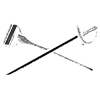
You might like these!



